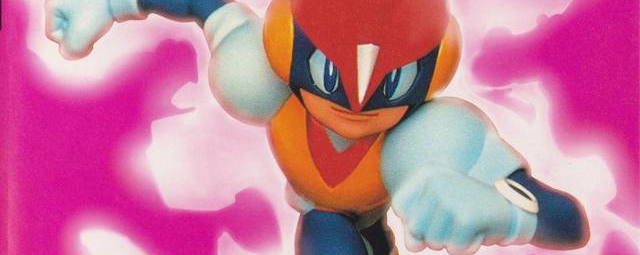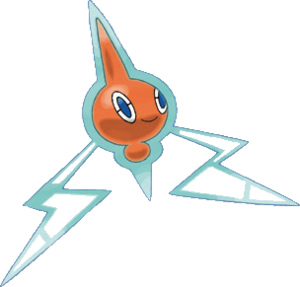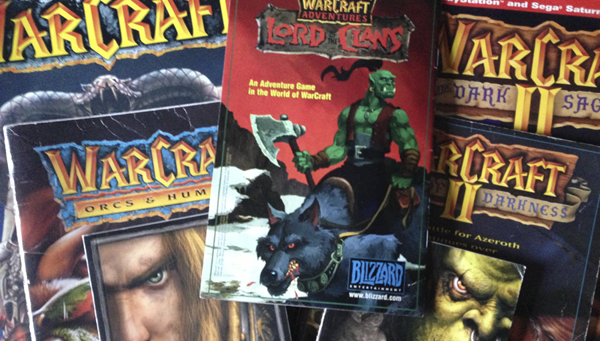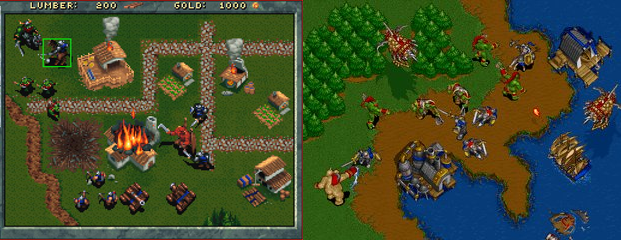
Old Genesis games have kind of a weird vibe, don’t they? Something about how they look and feel makes them impossible to confuse with SNES games of the same time, despite the two consoles being pretty evenly powered. I think you can trace this back to some specific limitations developers faced on the Genesis. The color palette, which was a fraction of the size of the Super Nintendo’s, forced developers to work with flat, saturated colors. Then there was the sound chip, which had a hard time with any music that wasn’t twangy, hard-hitting electronica.
Many Genesis games – even the very good ones! – come down to us seeming kind of ugly and dated because of this. But there were a select couple of developers, like Treasure and the Sonic Team, who could wring aesthetics out of this thing that are still amazing today.
Evidently Game Freak was one of them. Before they became Nintendo’s personal Pokemon factory, they crafted this eye-catching, dynamic, and thoroughly weird platformer for the ol’ Mega Drive.
Pulseman‘s premise is a little like Tron, if Tron had involved Flynn traveling into his computer to cyber up a program he wrote, fathering a half-computer hero baby, and finally turning evil and battling his son for control of the Earth/cyberspace. Also if all that was just the opening cutscene and the actual game was about a pointy Sentai cyborg bouncing between two worlds and blowing things up all Megaman style.
The giant sprites and elaborate cutscenes are pretty remarkable for the time, but what I think is neat is how well the game’s goofy VR premise meshes with the console’s strengths. Bright primary colors and lo-fi electronic sound? Of course that’s what it’s like to be inside a computer!
Some of the mechanics were pretty creative, too. You need to run around and generate static electricity to fuel your moves, including the famous “VOLT TACKLE”, which lets you bounce around in a sphere of electricity. There’s a great kinetic dimension to this move that reminds me a bit of Ristar, another fantastic and underrated Genesis classic. Plus, your lil’ guy shouts “VOLTECCER” in a garbled Genesis sound clip voice every time you use the move, and that’s kind of adorable.

Outside of Japan, Pulseman was only made released on Sega’s proto-download service the Sega Channel, a bit of technology as futuristic and bizarre as Pulseman himself. This more or less damned our poor, pointy-headed hero to utter obscurity. If you’ve heard about him at all, it’s probably because of all the Pulseman in-jokes Game Freak throws into its Pokemon games. EXAMPLE: the electric ghost Pokemon Rotom totally ghosts Pulseman’s style, and Pikachu’s been rocking the Volt Tackle in Smash Bros. and the main series alike.
Luckily, the game got a semi-decent release in the form of a Wii Virtual Console download a few years back. If you’re a fan of classic platformers, definitely consider picking it up!
And so, as Julius Cesar once spoke, I say unto you: Veni, Vidi, VOLTECCER.
-CC

